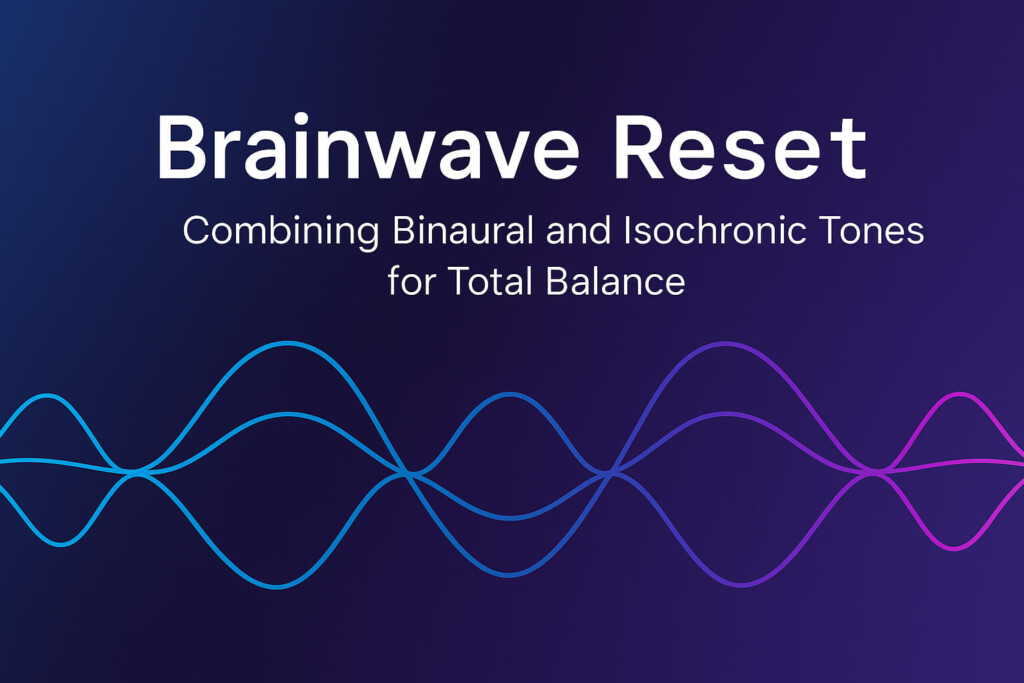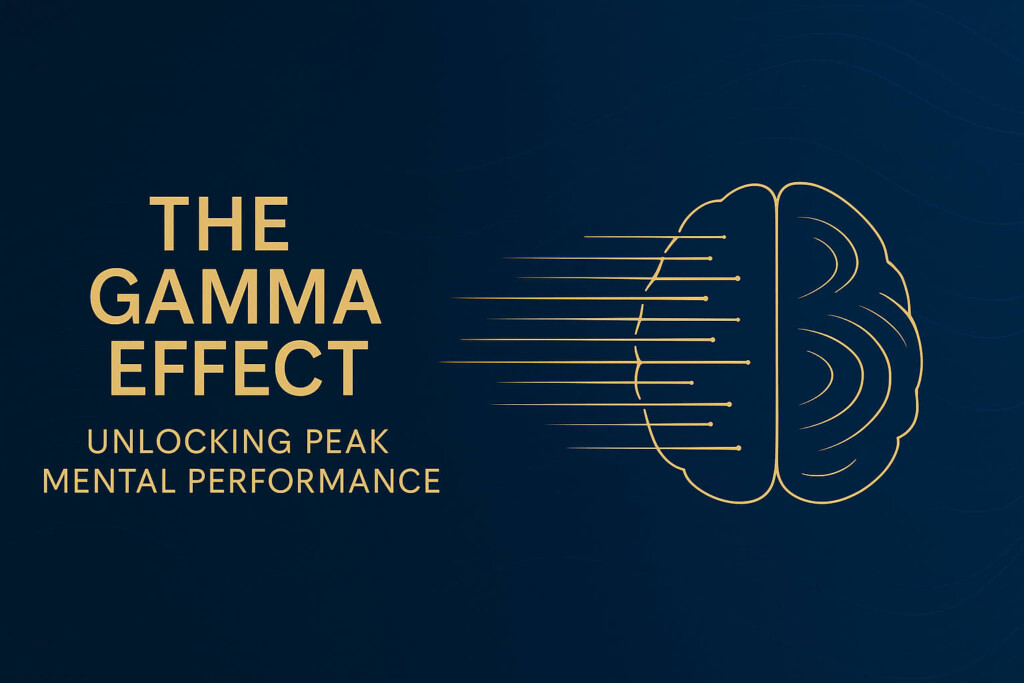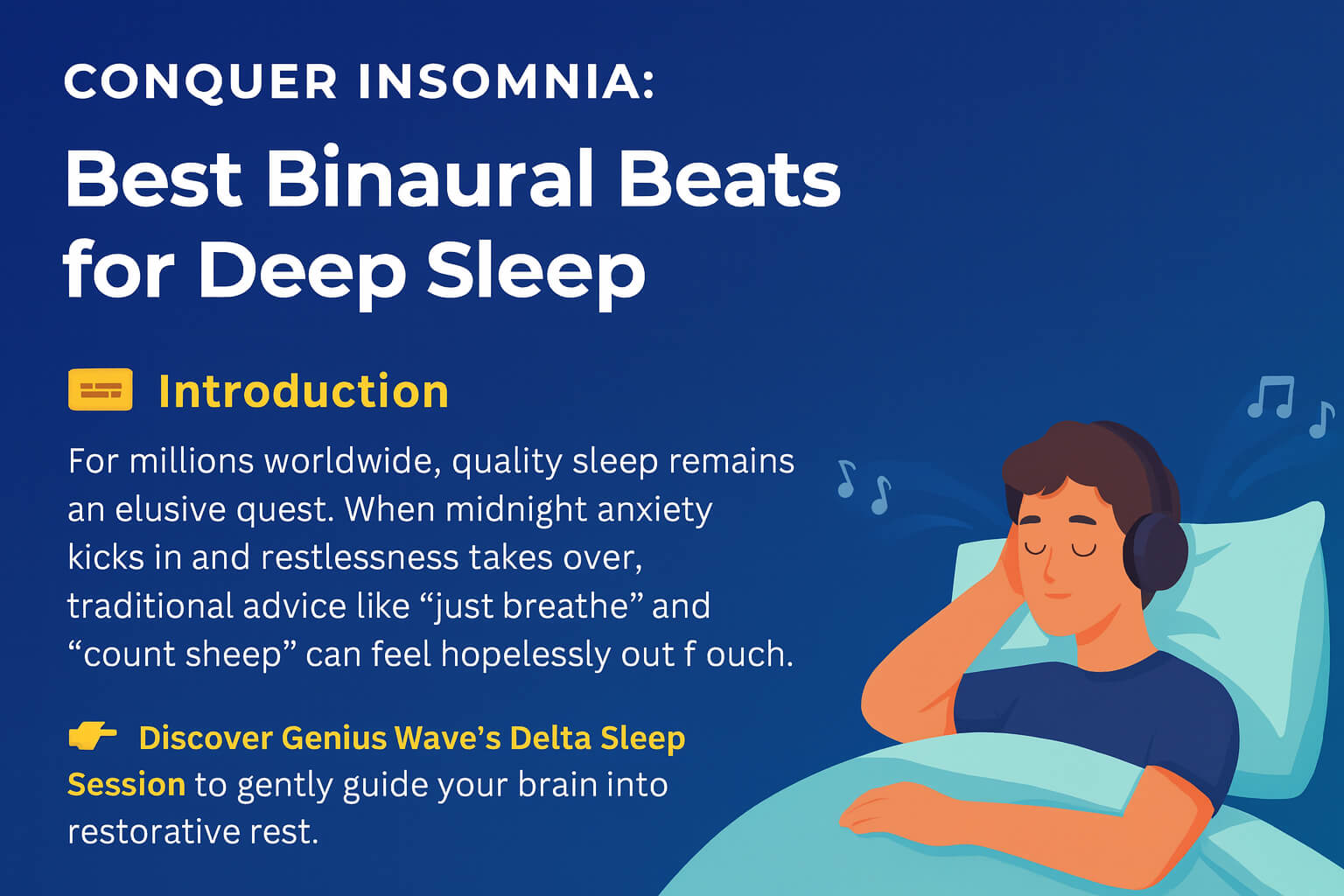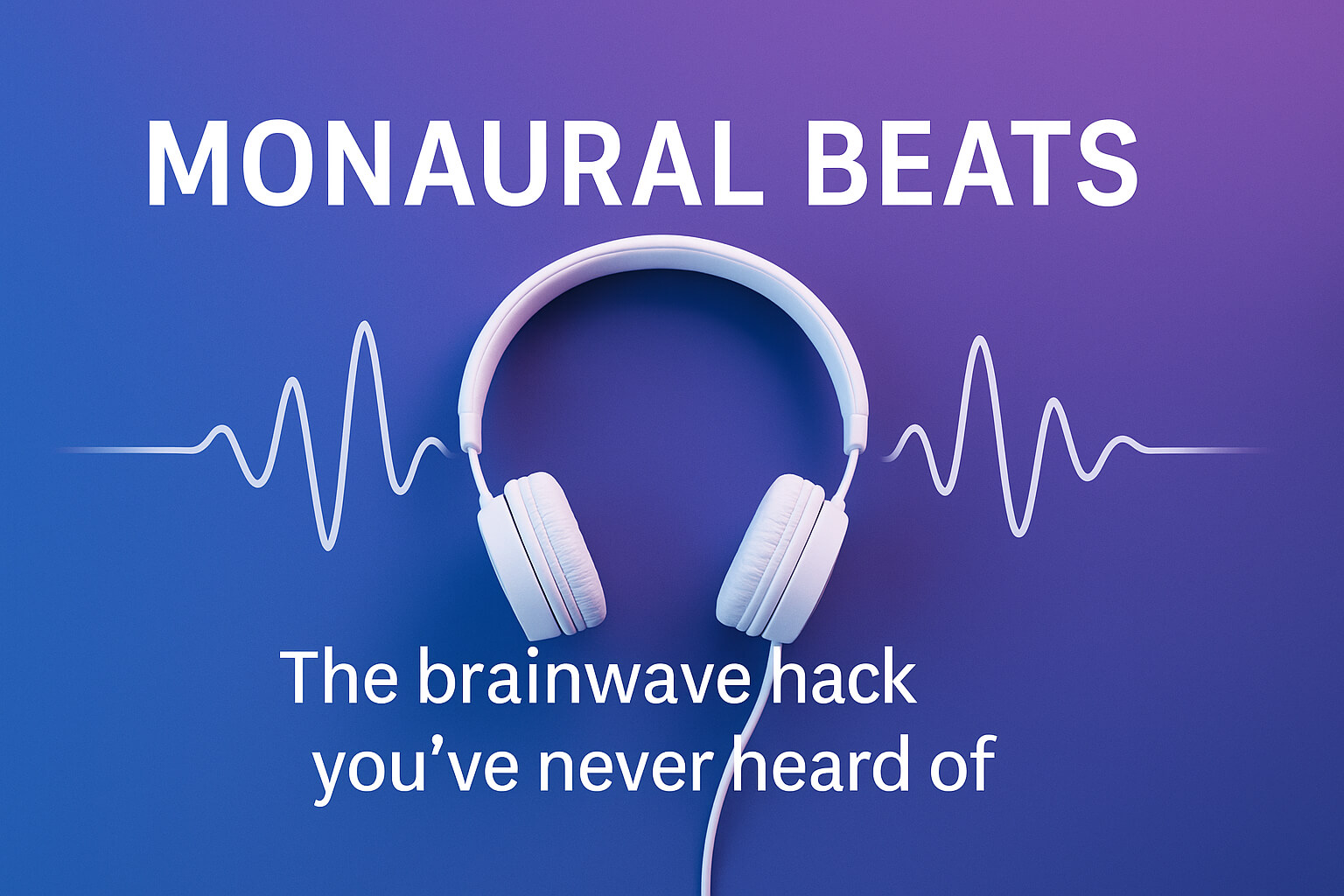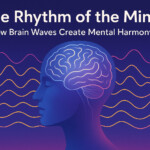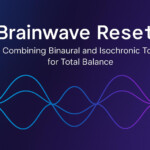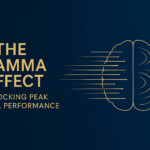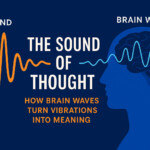Now Reading: Binaural Beats vs Isochronic Tones: Which Is Better?
- 01
Binaural Beats vs Isochronic Tones: Which Is Better?
Binaural Beats vs Isochronic Tones: Which Is Better?

🎧 Introduction
Sound can shape your mind more than you realize. For decades, scientists have studied how specific frequencies can synchronize your brainwaves, enhancing focus, relaxation, and emotional balance. Among the most popular tools for this are binaural beats and isochronic tones — but which one actually works better?
Before choosing your next brainwave session, let’s explore how these two sound technologies differ and which one aligns best with your mental goals.
🧘 What Are Binaural Beats?
Binaural beats occur when you listen to two slightly different frequencies in each ear.
For example, if your left ear hears 200 Hz and your right ear hears 210 Hz, your brain perceives a rhythmic 10 Hz “beat.”
This internal rhythm corresponds to a specific brainwave state — Alpha, Theta, or Delta — influencing how you feel and think.
Alpha (8–12 Hz): Calm focus and mental clarity
Theta (4–7 Hz): Deep relaxation and creativity
Delta (0.5–4 Hz): Sleep and subconscious healing
Because binaural beats stimulate hemispheric synchronization, they are often used for focus training, stress relief, and emotional rewiring.
🔊 What Are Isochronic Tones?
Isochronic tones work differently. They don’t require headphones or separate frequencies for each ear.
Instead, they use pulsing sound patterns — rapid on/off tones — that directly stimulate your brain’s rhythmic response.
This method provides a more mechanical, external entrainment.
It’s simple, strong, and effective for users who prefer fast, tangible effects during meditation or study sessions.
Transitioning from binaural to isochronic tones can feel like moving from a gentle wave to a steady metronome — both shape your mental rhythm, but through different mechanisms.
⚖️ Binaural vs Isochronic: Key Differences
| Feature | Binaural Beats | Isochronic Tones |
|---|---|---|
| Listening Method | Requires headphones | Works with speakers |
| Experience Type | Gentle and immersive | Sharp and rhythmic |
| Ideal For | Deep meditation, emotional balance | Quick focus, energy boost |
| Science Backing | Neuroscience & EEG studies | Cognitive and entrainment research |
| Frequency Range | Alpha–Theta | Beta–Gamma |
In short:
Choose binaural beats if you want to dive deep into your subconscious and emotional healing.
Choose isochronic tones if you need quick mental activation or sharper concentration.
🧠 The Science Behind Brainwave Entrainment
Both sound methods are based on brainwave entrainment, a principle in neuroscience where your brain synchronizes its electrical activity with external rhythmic stimuli.
Transition words like therefore, moreover, and in contrast emphasize how entrainment creates harmony:
Therefore, consistent listening can rewire thought patterns.
Moreover, studies show improved mood, focus, and sleep.
In contrast, irregular listening may limit long-term effects.
Over time, the brain becomes more adaptable — a phenomenon known as neuroplasticity.
🔮 Which One Should You Choose?
There’s no one-size-fits-all answer. It depends on your goal:
Need creative flow or emotional release? → Binaural beats.
Want alert focus and motivation? → Isochronic tones.
However, many modern audio programs — including Genius Wave — now combine both technologies to enhance entrainment depth and speed.
🧩 Final Thoughts
Both binaural beats and isochronic tones work by guiding your brain into specific frequency states.
One is fluid, the other structured — yet both lead you toward inner balance, creativity, and mental strength.
When used regularly, they don’t just help you relax; they reshape how your mind operates.
Consistency is key — your brain adapts to what it experiences repeatedly.
So, instead of asking “which is better,” ask:
💭 Which one resonates more deeply with who I want to become?
👉 Related read: How Do Brain Waves Influence Your Focus and Creativity? for more insights on brainwave focus and mental clarity.


